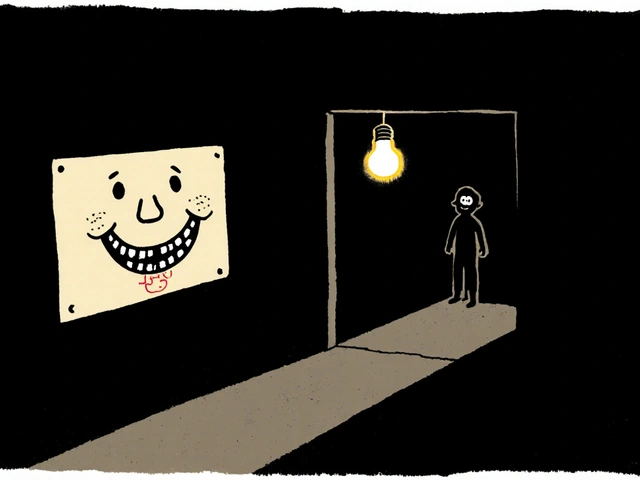Acceptability, Affordability, Accessibility & Awareness: Making Your Videos Work for Everyone
When you plan a video, you probably think about script, lighting, and editing. But three hidden factors decide if your video really succeeds: is it acceptable, affordable, accessible, and does it raise awareness? These ideas might sound big, but they break down into easy actions you can start using today.
Keep It Acceptable: Respect Audiences and Platforms
Acceptability means your content fits the cultural norms and platform rules of the people who watch it. Start by checking community guidelines for YouTube, Instagram, or any site you’ll use. Ask yourself: could any scene offend a major group? If you’re unsure, run a quick test with a small, diverse group before publishing. Simple changes—like swapping a slang term for a clearer word—can keep your video safe from removals and backlash.
Make It Affordable: Get More With Less Money
Budget constraints don’t have to kill quality. Free tools like DaVinci Resolve or Shotcut give you professional‑grade editing without a price tag. Use royalty‑free music from sites such as Free Music Archive instead of pricey licensing. Re‑use existing footage when possible, and shoot in natural light to skip expensive lighting kits. A modest budget can still produce crisp, engaging videos if you plan resources wisely.
Affordability also includes time. Faster workflows mean lower labor costs. Create a preset library for color grading or motion graphics—once it’s built, you’ll apply the same look to dozens of videos in minutes. The upfront effort pays off in long‑term savings.
Boost Accessibility: Let Everyone See and Hear
Accessibility is about removing barriers for viewers with disabilities. Adding closed captions is the single most effective step. You can auto‑generate captions in YouTube, then edit for accuracy. For hearing‑impaired audiences, include sign‑language overlays if you have the resources. For blind users, write clear, descriptive audio cues and enable screen‑reader friendly titles.
Don’t forget color contrast. Use high‑contrast text and graphics so people with visual impairments can read them easily. Test your video on different devices—phones, tablets, and desktops—to ensure subtitles stay legible everywhere.
Raise Awareness: Teach and Inspire Action
Awareness means your video does more than entertain; it informs or motivates. Start each script with a clear hook: a surprising fact or a personal story that ties directly to the issue you’re highlighting. Include a call‑to‑action—subscribe, sign a petition, or share with a hashtag—so viewers know how to keep the conversation going.
Measure awareness by tracking comments, shares, and any spikes in website traffic after the video drops. Use those numbers to tweak future content and prove the impact to sponsors or teammates.
By aligning acceptability, affordability, accessibility, and awareness, you turn a regular video into a tool that reaches more people, costs less, stays on platform, and makes a difference. Pick one area to improve this week, apply the tip, and watch your video performance climb.
17
4 A's of Marketing Explained: Acceptability, Affordability, Accessibility, Awareness
The 4 A's-Acceptability, Affordability, Accessibility, Awareness-explained with steps, examples, metrics, and checklists so you can apply the framework today.
Latest Posts
Popular Posts
-
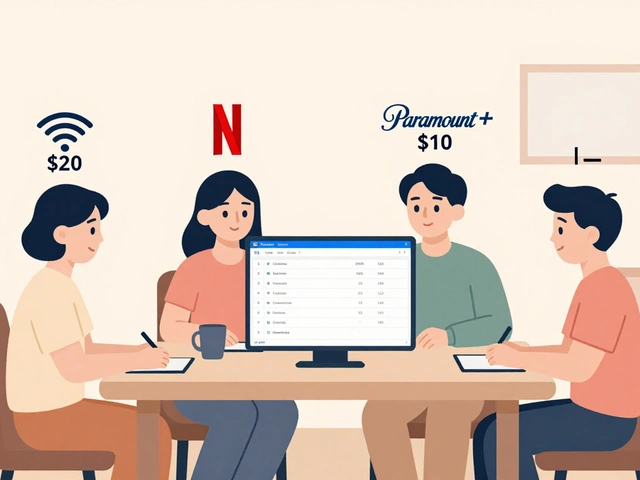 How Roommates Can Fairly Share Wi-Fi and Streaming Costs
How Roommates Can Fairly Share Wi-Fi and Streaming Costs
-
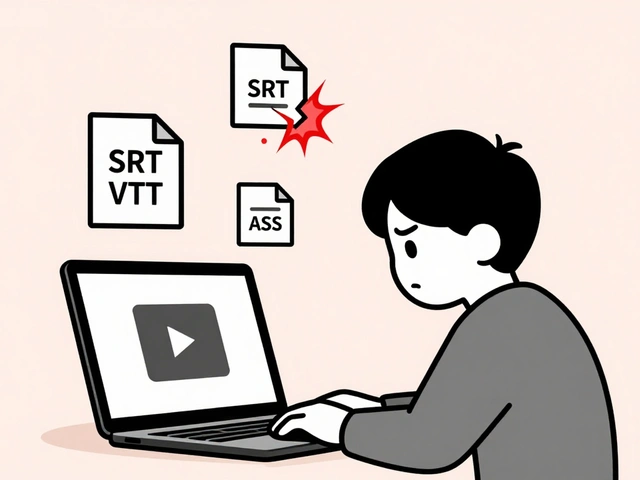 Why Subtitles Aren't Working: Fix Common Video Text Issues
Why Subtitles Aren't Working: Fix Common Video Text Issues
-
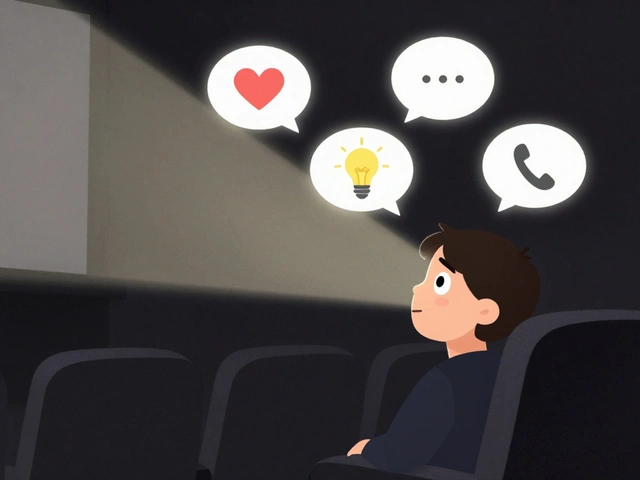 Breakout Indies at the Box Office: How Word-of-Mouth Made These Films Blockbusters
Breakout Indies at the Box Office: How Word-of-Mouth Made These Films Blockbusters
-
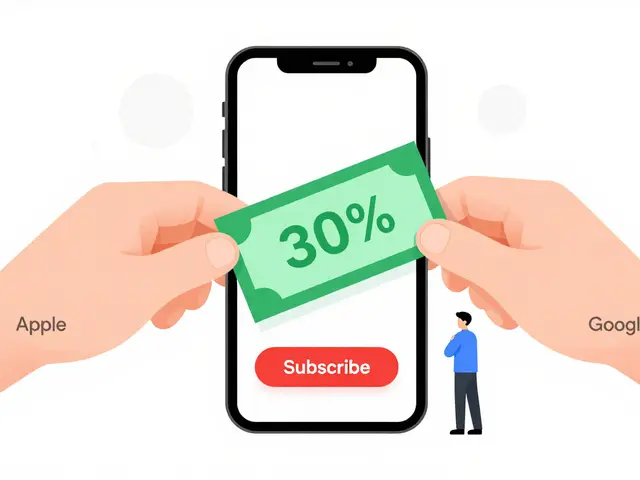 Third-Party Billing: How to Manage Subscriptions Through Apple and Google
Third-Party Billing: How to Manage Subscriptions Through Apple and Google
-
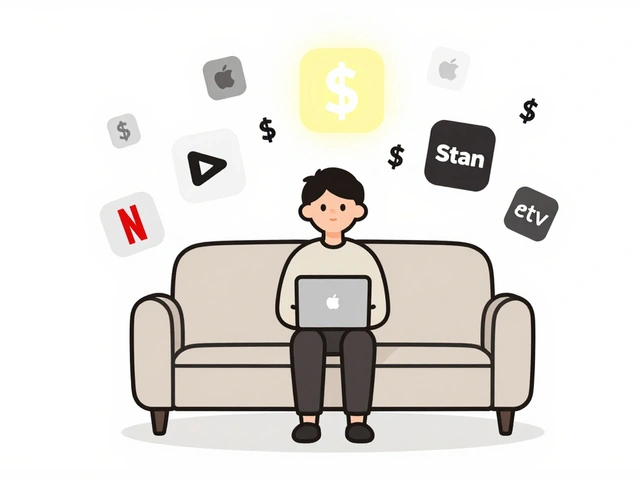 How to Find All Your Streaming Subscriptions and Stop Overpaying
How to Find All Your Streaming Subscriptions and Stop Overpaying

